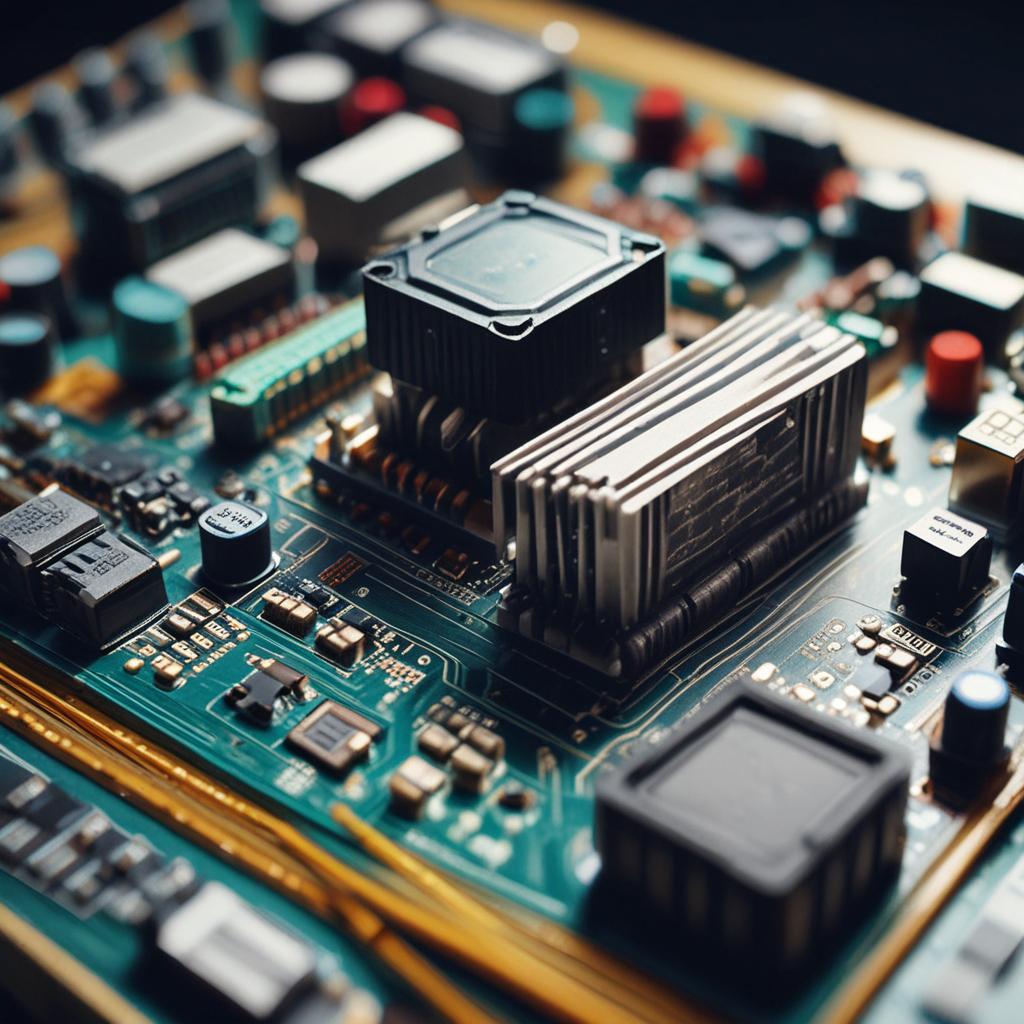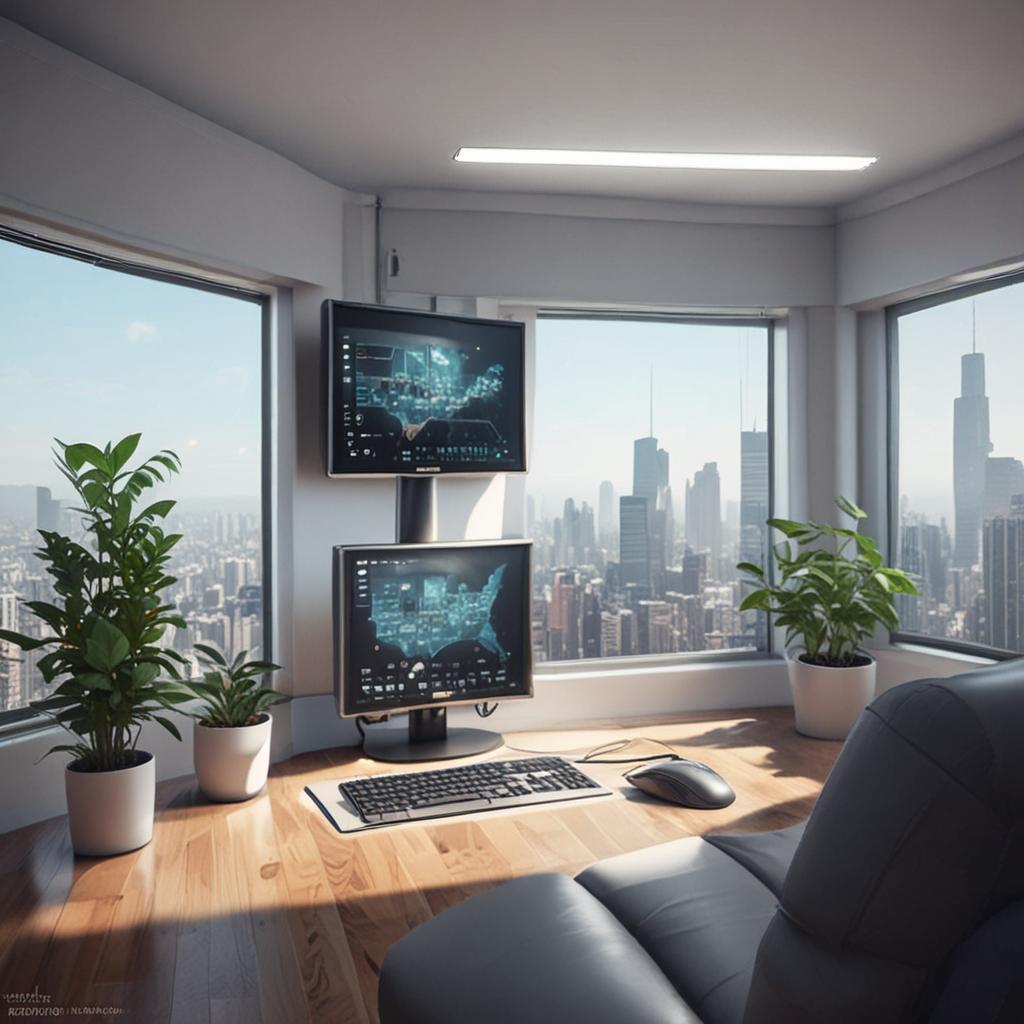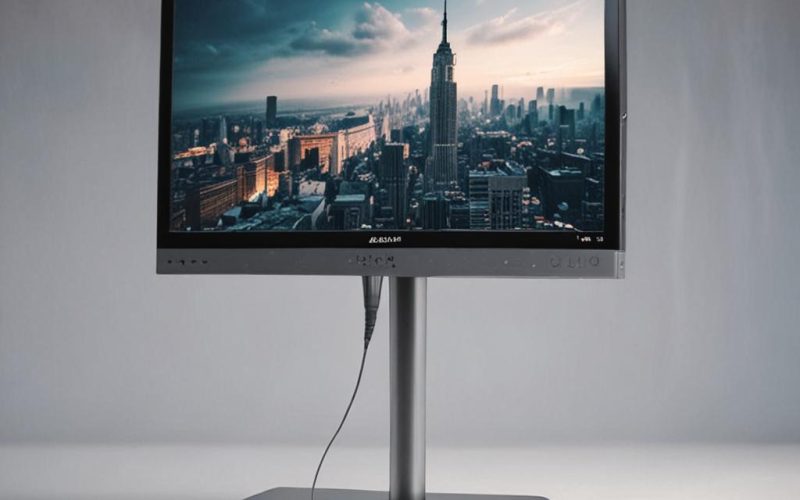Table of Contents Show
Air quality impacts our health, environment, and overall well-being, yet many people remain unaware of the pollutants surrounding them. Urbanization, industrial activities, and vehicular emissions contribute to deteriorating air quality, making real-time monitoring essential for timely mitigation. Fortunately, combining the affordability of the MQ135 gas sensor with the versatility of Arduino opens up new possibilities for creating accessible air quality monitoring systems. In this blog post, we’ll explore how to build a real-time air quality monitoring solution using these tools, empowering you to track environmental changes and take proactive steps toward a healthier living space.
Step-by-Step Process
Gather Components
Collect Arduino board, MQ135 sensor, and wiring tools.
Wire Sensor to Arduino
Connect MQ135 to Arduino using analog and power pins.
Upload Sensor Code
Flash Arduino with MQ135 calibration and reading script.
Monitor Serial Output
Check Arduino IDE serial monitor for air quality data.
Display Data Visually
Use LCD or dashboard to show real-time air quality readings.
Process infographic for Monitor Air Quality in Real Time Using Mq135 and Arduino
Understanding Air Quality Monitoring
What is Air Quality Monitoring?
Air quality monitoring involves measuring pollutants in the atmosphere to assess their impact on human health and the environment. It helps identify harmful substances like carbon monoxide, nitrogen dioxide, and volatile organic compounds. In urban and industrial areas, where pollution levels are often high, continuous monitoring becomes critical for public safety and regulatory compliance.
Types of Air Quality Monitoring
Air quality monitoring can be stationary, such as citywide sensor networks, or mobile, like vehicle-mounted systems. Wearable devices are also gaining popularity for personal exposure tracking. Traditional methods, however, often require expensive equipment, regular maintenance, and complex data analysis, limiting their accessibility for individuals and small communities.
Introduction to MQ135 Sensor and Arduino
Overview of MQ135 Sensor
The MQ135 sensor detects a range of harmful gases, including carbon dioxide, ammonia, and benzene, making it ideal for environmental monitoring. It operates by measuring changes in resistance caused by gas exposure, which can be converted into digital readings. Its compact size, low cost, and compatibility with microcontrollers like Arduino make it a popular choice for DIY projects.
Introduction to Arduino
Arduino is an open-source electronics platform that simplifies prototyping with easy-to-use hardware and software. It bridges the gap between sensors and data processing by acting as a central controller. For air quality monitoring, Arduino can read sensor outputs, process the data, and even transmit it wirelessly for further analysis.
Setting Up the MQ135 and Arduino for Real-Time Air Quality Monitoring
Hardware Requirements
- MQ135 gas sensor
- Arduino board (e.g., Uno or Nano)
- Breadboard and jumper wires
- Power supply (USB cable or battery)
- Optional: OLED display, Wi-Fi module, or computer for data output
To connect the MQ135 to Arduino, link the sensor’s VCC and GND to the board’s 5V and ground pins. Attach the analog output (AO) to an analog input pin (e.g., A0) for data collection. Ensure proper ventilation for calibration and operation.

Software Requirements
Install the Arduino IDE and any necessary libraries, such as Adafruit GFX or SSD1306 for OLED displays. Use the sensor’s analogRead function to capture raw data and write a basic sketch to process and display it. For web integration, consider using platforms like Blynk or MQTT libraries.
Calibrating the MQ135 Sensor
Calibration ensures accurate readings by adjusting the sensor to a known baseline (e.g., clean air). To calibrate, first expose the sensor to clean air for 24 hours. Then, record the baseline resistance using the Arduino’s analog input. Use the datasheet to calculate the ratio of baseline to polluted air resistance and apply correction factors in your code for precise measurements.
Collecting and Visualizing Real-Time Air Quality Data
Reading and Processing Sensor Data
The MQ135 outputs analog values that correlate to gas concentration levels. Arduino translates these values into meaningful data using predefined formulas. To enhance reliability, implement moving averages or median filters to reduce sensor noise and improve consistency in readings.
Visualizing Air Quality Data
Arduino’s Serial Plotter provides a simple way to view real-time data on your computer. For a portable solution, pair it with an OLED display to create a compact dashboard. To build a web-based system, use ESP32 with Wi-Fi and integrate the data into a cloud platform like ThingsBoard or a local dashboard with frameworks like Grafana.

Applications and Future Developments
Applications of Real-Time Air Quality Monitoring
Real-time monitoring supports urban planning by identifying pollution hotspots and aids industries in ensuring compliance with safety standards. Community projects like open-source air quality maps demonstrate its potential. Schools and hospitals also benefit from localized air quality alerts to protect vulnerable populations.
Future Developments and Improvements
Advancements in sensor technology, like higher accuracy and multi-gas detection, will enhance real-time monitoring. Integrating AI for predictive analytics and expanding IoT networks can create smarter, interconnected systems. These innovations will make air quality data more actionable for both individuals and policymakers.
Conclusion
By combining the MQ135 sensor and Arduino, you can create an affordable, customizable air quality monitoring system. This setup allows for real-time data collection, calibration for accuracy, and flexible visualization options. Whether for personal use or community projects, the accessibility of these tools makes it easier than ever to stay informed about your surroundings and advocate for cleaner air.
Frequently Asked Questions (FAQs)
Q: What is the accuracy of the MQ135 sensor?
The accuracy of the MQ135 sensor can vary depending on several factors, including calibration and environmental conditions.
Q: Can I use the MQ135 sensor for outdoor air quality monitoring?
Yes, but it may require additional protection from weather conditions and calibration for outdoor use.
Q: How can I integrate the air quality monitoring system with other devices?
You can use protocols like Wi-Fi, Bluetooth, or MQTT to integrate the system with other devices and platforms.
Q: What are the limitations of using Arduino for air quality monitoring?
Arduino is a suitable platform for prototyping and small-scale projects, but may not be suitable for large-scale or commercial applications.
Q: Can I use other sensors with Arduino for more comprehensive air quality monitoring?
Yes, you can use other sensors, such as particulate matter (PM) sensors or gas sensors, to create a more comprehensive air quality monitoring system.





